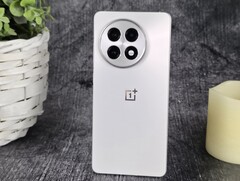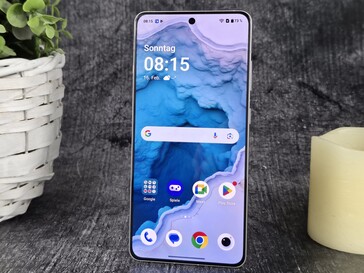During our test, the OnePlus 13R impressed with its high-quality exterior and amazing runtimes. The OnePlus phone's battery combines silicon and carbon in its anode, resulting in a high capacity of 6,000 mAh (23.58 Wh). In our practical battery tests, which are carried out at an adjusted display brightness of 150 cd/m², the top-of-the-range phone delivered an extremely strong runtime of over 25 hours in the Wi-Fi test and over 40 hours during continuous video playback with the Wi-Fi module deactivated.
Nevertheless, OnePlus' killer flagship phone (MRSP: $599.99) sometimes falls short of its own targets. The 13R model is advertised as "top performance intelligently designed". In our test, however, the OnePlus phone revealed a high level of waste heat, which led to the processor being throttled drastically inside the top-class smartphone. During the 3DMark stress tests, we recorded a performance reduction of up to 65 percent. Particularly with demanding applications, such as games or graphically-intensive tasks, noticeable performance fluctuations must be expected in everyday use.
The OnePlus smartphone didn't get as bright as expected during our test
Thanks to its 1,264p resolution, the OnePlus 13R's AMOLED display has a high pixel density of 450 PPI and dynamically adjusts its refresh rate between 1 Hz and 120 Hz using LTPO technology. According to the data sheet, the panel has a peak brightness of 4,500 nits. However, we were unable to verify this value in any measurement during our test. We were unable to confirm OnePlus' claims either when displaying a white background (1,213 cd/m²) or when showing an APL18 pattern (1,262 cd/m²). When playing 4K video material, we even only noted 1,086 cd/m², which the upper-class competition, such as the Xiaomi 14T Pro (4,407 cd/m²), does significantly better.
Source(s)
Review of the OnePlus 13R





































